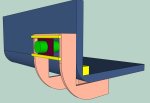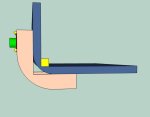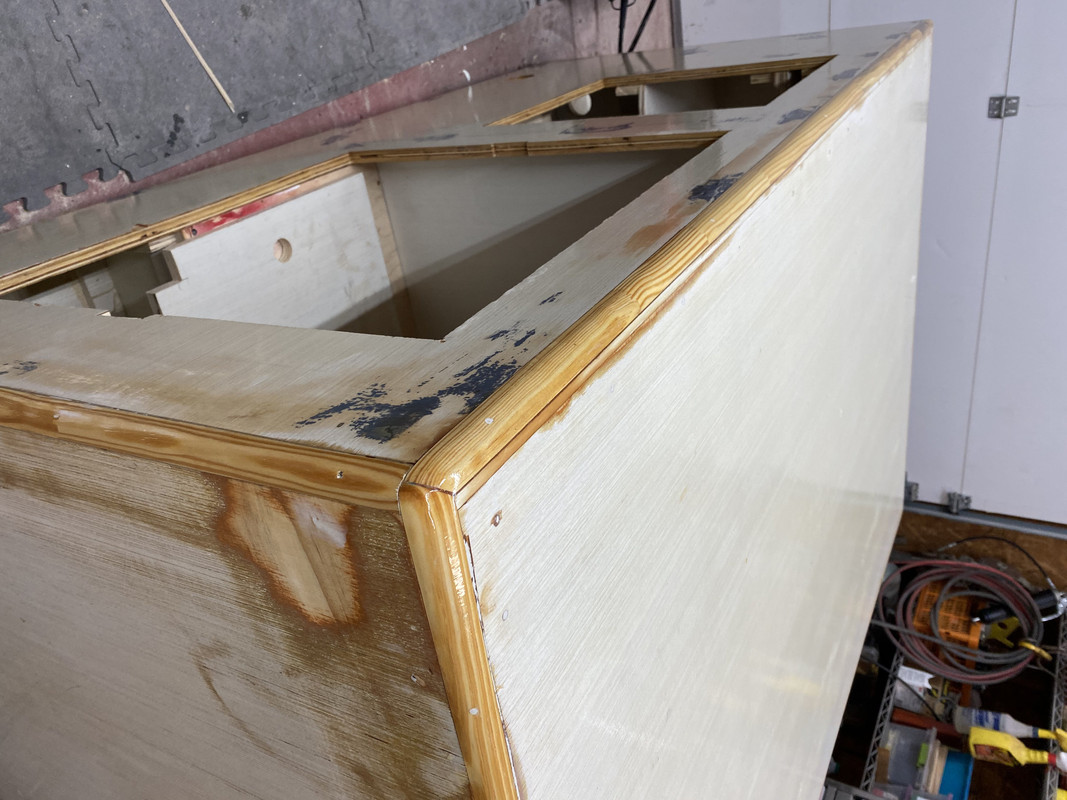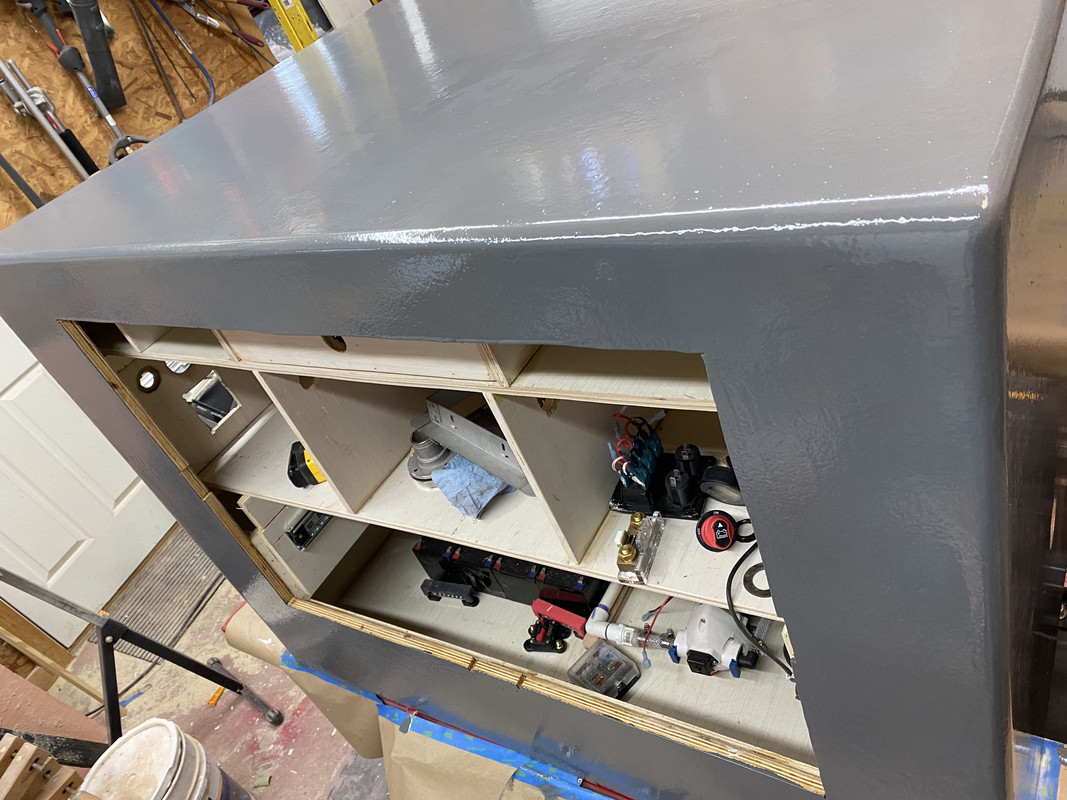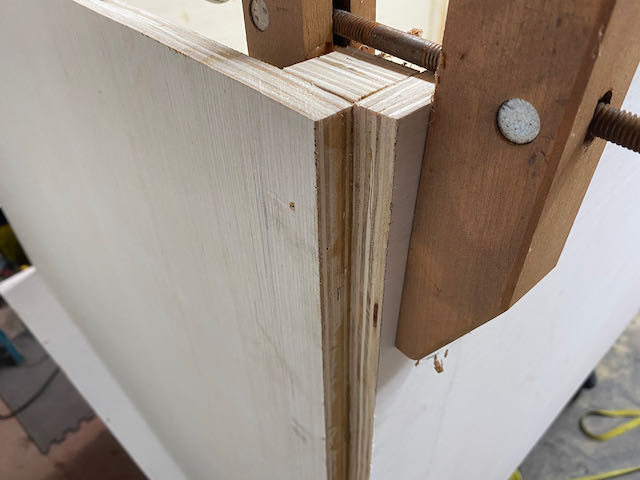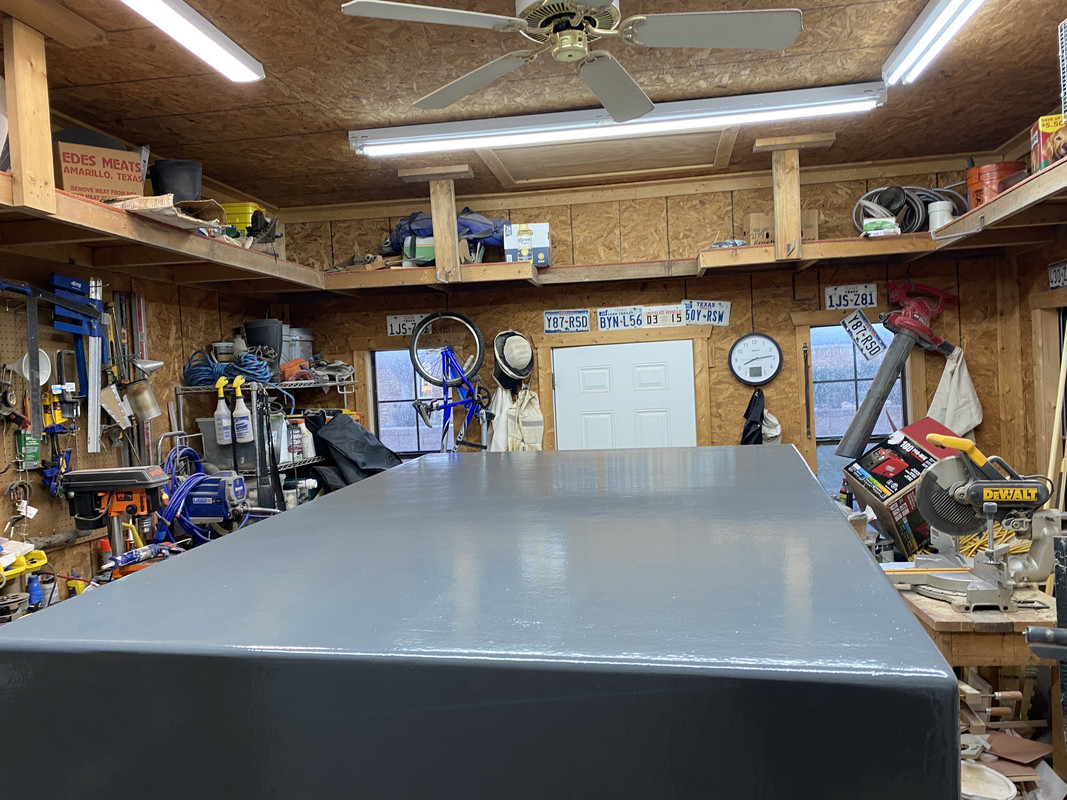Sorry, Billiebob. It's been winter-stored with that cover for six years. No rot. No moisture. No scratches on the aluminum.
From the manufacturer: "Adjustable front and rear tension panels and elasticized hem corners provide a custom fit, integrated air vent system combined with quick drying PolyPRO™ 1 sides reduce wind stress and vent inside moisture"
What you don't understand is that the 'drop is covered with aluminum. The edges are sealed. The exterior plywood underneath is sealed with epoxy. The interior wood is sealed with three coats of oil-based polyurethane.
Build it right. Store it right.
That's the real world, not the Internet.
T
All true. Built right, never in an accident or off road,,,, yes properly built and sealed a structure can have a long life.
My comment is more based on my experience with ski boat transoms built of wood and encapsulated in fiberglass.... subject to 100 HP off the transom and doing silly things. If stored under a roof they survive well but park it in the field and they fall apart. I've seen many factory built trailers with cracked roofs. They last a long time under a roof. Not so long under a tarp. Only a few years in a driveway.
I'd never recommend parking outside. Can it be done sure. Can glass epoxy ever be guaranteed to never crack.... I have been around too many boats with rot under the glass less than 5 years old and been around wooden heritage boats 40 years old with zero rot and bare, painted wood.
The problem with encapsulated wood is the durability of the "encapsulation". The advantage of a tubular metal frame and aluminium sheet skin is it is not sealed, it is designed to drain like a shingled roof, it is incredibly light and fast to build. The hidden advantage is it is easy to take apart for maintenance or modification. My cargo, work trailer is 12 years old and needs a reskin nexr year. It will take a weekend to do it. 6 years ago I added a left side door. The door cost $180.... it took a day to open the wall, weld in the frame, install the door and put it all back together. You cannot do that with most other systems.


This ^^^ trailer lives outside. It has over 100K miles on it. Ya can't beat a commercial trailer. It cost $2900 new in 2010.
My OSB BOX lives under a roof. It is stained wood and cost $800 to build. I stain the OSB every few years.
This took 3 weeks to build. I already had the black landscape, deck trailer.

On the question, metal or plywood?
The best answer was what are your skill sets, which tools do you have.
are you a better welder or woodworker? For which process do you already own more tools
My top recommendation, no matter what you build go look at the commercial manufactured trailer and frame options. 90% of the builds on this forum are incredibly over built which ends up being heavier and more expensive than neccessary. I look under my Cargo trailer and think thats it?
Next month I'll build a new frame for the OSB BOX so the black deck trailer can resume its duties of hauling demolition material.
For a few years this picture was on the Mirage Trailers website. 3500 pounds of chimney brick going to the landfill.







